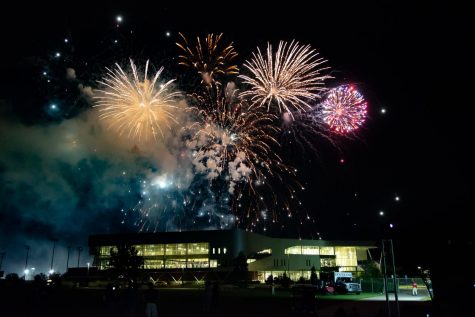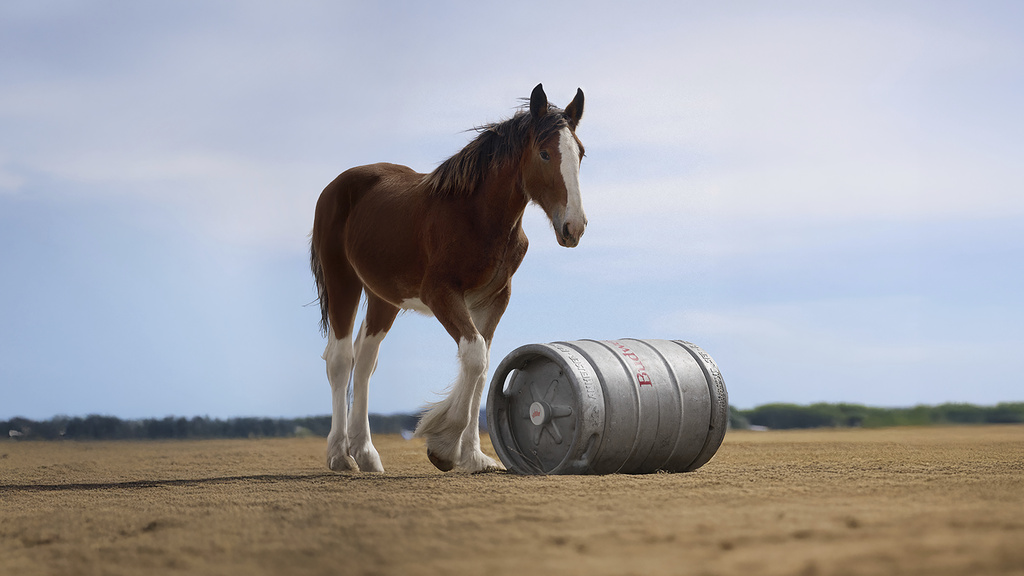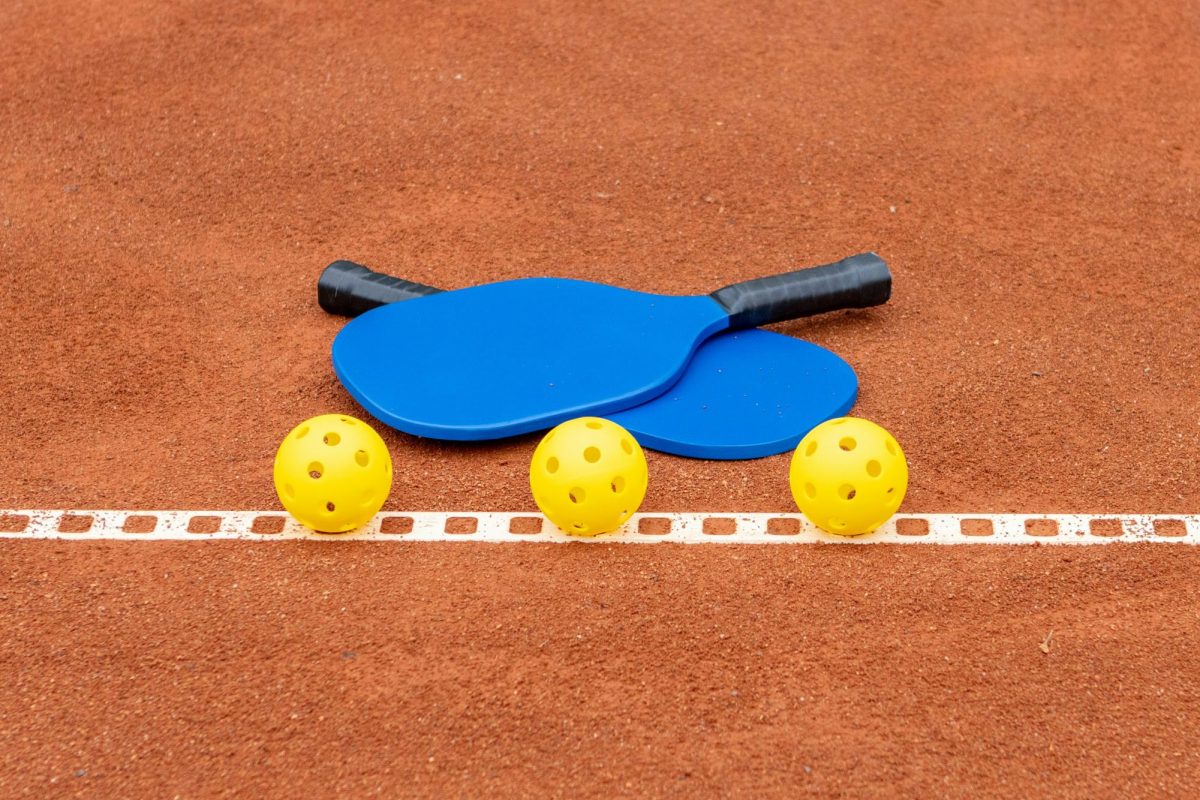Lots of Americans will celebrate the Fourth of July by illuminating the night sky with sparklers, smoke bombs, roman candles, ground spinners, and many other types of firecrackers. We’ve all seen different kinds of fireworks, but what sparked the creation of fireworks, and who created them? These ariel pyrotechnic visuals were created in China, thousands of years ago.

In ancient Liuyang, China, “the first natural ‘firecrackers’ were bamboo stalks that when thrown in a fire, would explode with a bang because of the overheating of the hollow air pockets in the bamboo,” according to the American Pyrotechnics Association (A.P.A.). Many historians say this action was believed to ward off evil spirits.
Between the period of 600-900 AD, a Chinese chemist mixed potassium nitrate, sulfur, and charcoal, in an attempt to produce an immortal elixir, but accidentally invented “gunpowder.”
Years later, according to ip.com, a Chinese monk named Li Tan stuffed the “gunpowder” into a bamboo tube and when it was burned, an explosion was created along with crackling sounds and a “showering visual display”-marking the creation of the early “firecracker.”
The Ancient Chinese would use these early fireworks during New Year’s festivals, to keep away evil spirits, as well as weddings and military celebrations. It wasn’t long before pyrotechnics grew into a profession. By the 15th century, Europe also used fireworks for religious events and entertainment.
America began to use them annually, when John Adams, the second president of the United States, wrote a letter to his wife the day before the signing of the Declaration of Independence. The letter read that the celebration should be enjoyed “with pomp and parade, with shows, games, sports, guns, bells, bonfires and illuminations from one end of this continent to the other from this time forward forevermore.” The next year, on July 4 of 1777, the first Independence Day fireworks display was held.
Fireworks were also used during national and international sporting events, such as the Olympics, Superbowl, and the Fifa World Cup.
Most people witness Peony fireworks, named after the Asian Peony flower, which are the most common type of fireworks. There are lots of other variations of firework effects like diadem, kamuro, chrysanthemum, crossette, willow, palm, horsetail, ring, and more.
Fireworks get their vivid colors based on their chemical elements. According to Live Science, each firework has an aerial shell that contains gunpowder and small modules named “stars” that hold an oxidizing agent, fuel, metal oxides, and other components. When burned, the star’s contents activate metal colorants. The atoms in the metal compounds absorb energy and excite the electrons. “As the electrons plummet back down to their lower energy state, the excess energy gets emitted as light. Each chemical element releases a different amount of energy, and this energy is what determines the color or wavelength of the light that is emitted.”
Fireworks surely have an interesting history and science behind them and can be fun to experience, but what effect do they have on the environment?
There’s no doubt that launching fireworks into the night is a way to truly go out with a bang, but despite how glamorous they are, they can leave an unhealthy trace. “To produce the oxygen needed for an explosion, many fireworks contain oxidizers known as perchlorates. These can dissolve in water, contaminating rivers, lakes, and drinking water,” published Science Focus. Fireworks also release a fine smoke that affects local air quality. Fortunately, some newer fireworks replace the perchlorates with safer alternatives or use compressed air to reduce the smoke that is created.
Fireworks lift a mix of chemicals into the air which can harm people and the local environment. “The vivid colours in firework displays come from metallic compounds such as barium or aluminum that can have negative impacts on animal and human health.”
“And of course, what goes up has to come down. Fireworks that fall to the ground contain residues of unburnt propellants and colourants, while particle pollution in the air eventually deposits on the ground or gets washed out by rain. Some of this finds its way into lakes and rivers, where percolate has been linked to thyroid problems, causing limits to be set for drinking water in some US states. This is a major concern for lakeside resorts and attractions that have frequent firework displays,” published The Conservation.
A few tips to lessen the negative effects of fireworks:
- Don’t set them off in enclosed spaces.
- Placing crowds upwind of the display.
- Launch Fireworks away from large bodies of water and in an open space.
- Don’t use them at all.
Fireworks have a hypnotizing appeal, so if you do choose to enjoy them this year, keep in mind that they leave behind chemicals that can be harmful to your environment. Please be careful and use fireworks safely as the COVID-19 pandemic is still prominent.
____
For more information or news tips, or if you see an error in this story or have any compliments or concerns, contact editor@unfspinnaker.com.
















